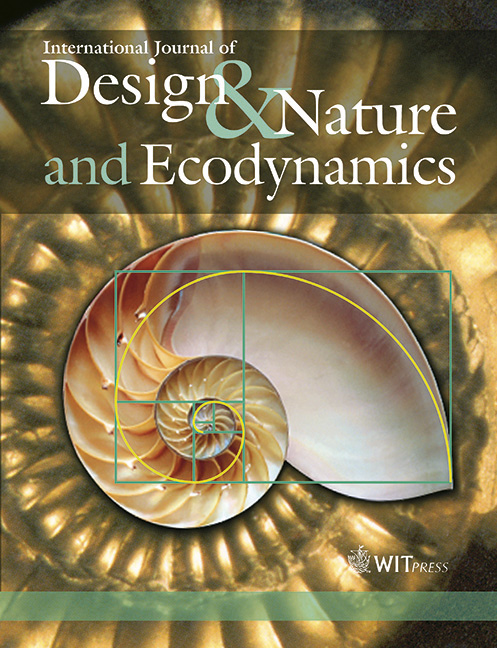TWO COMPLEX ADAPTIVE SYSTEMS IN HUMAN DEVELOPMENT: FURTHER STUDIES OF DENTAL AND FINGERPRINT PARAMETERS
Price
Free (open access)
Volume
Volume 13 (2018), Issue 1
Pages
7
Page Range
93 - 100
Paper DOI
10.2495/DNE-V13-N1-93-100
Copyright
WIT Press
Author(s)
R.J.O. TADURAN, S. RANJITKAR, T. HUGHES, G. TOWNSEND & A.H. BROOK
Abstract
This paper reports further results and an extension of the study presented at Complex Systems 2016. Human teeth and fingerprints both arise from genetic/epigenetic/environmental interactions and have embryological pathways with epithelial–mesenchymal interactions. The aims of this study were to determine the nature and extent of sexual dimorphism in teeth and fingerprints of twins at two different ages and to explore whether both systems display the features of complex adaptive systems. Buccolingual (BL) measurements from both primary and permanent teeth and ridge breadth (RB) measurements from fingerprints of the same set of Australian twins (28 males and 31 females aged 8 to 10 years, and aged 13 to 16 years, respectively) were collected and analysed. Sexual dimorphism was observed in both the primary and permanent dentitions, with the latter showing greater differences than the former. There was no observed sexual dimorphism in the fingerprints at 8 to 10 years. However, a few fingers (left index, left ring, and right middle) at 13 to 16-years exhibited significant differences, suggesting that friction ridges expand over time. It is concluded that both the dentition and dermatoglyphics display sexual dimorphism and characteristics of complex adaptive systems.
Keywords
buccolingual, complex adaptive system, dentition, dermatoglyphics, fingerprints, human development, ridge breadth, sexual dimorphism, tooth size




